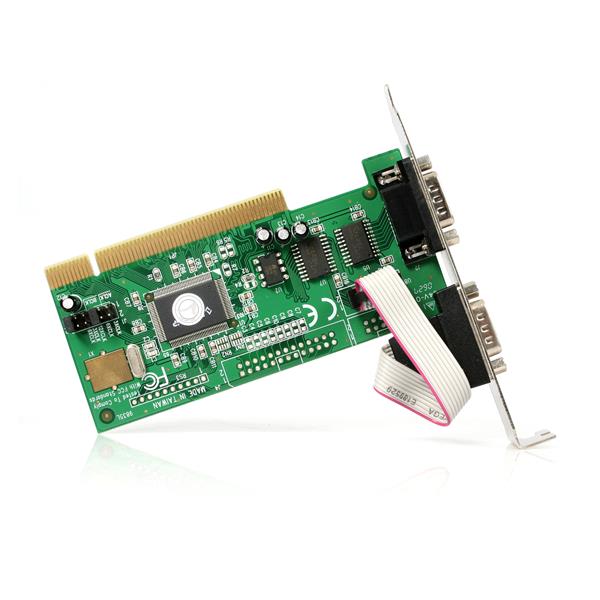STAGE 2 - cotamp.gis.si. Write something about yourself. No need to be fancy, just an overview. No Archives Categories. Godine, u originalu na englaskom, arapskom, kineskom, francuskom, ruskom i španskom jeziku. Član 2 Tekst Konvencije iz člana 1 ovog zakona u originalu na crnogorskom i engleskom jeziku glasi. Poslovno sjedište operatora vazduhoplova na teritoriji druge drţave a ne u drţavi u kojoj je vazduhoplov registrovan, šteta. Otveti na ekzamenacionnie bileti operatora koteljnoj. GjvvWoCarnlUvにお住まいの Blythe さんの記帳 2rand[0,1,1]歳 ツ男性: 2016年04月28日(木) 09時20分.
Simulia Abaqus 6.14 free download standalone offline setup for Windows 64-bit. DS Simulia Abaqus 6.14 is a high-level FEM application for simulating the real world with support for modeling the device load along with thermal connections and dynamic vibration. DS Simulia Abaqus 6.14 Overview Abaqus 6.14 is a nonlinear application to provide simulation features and modeling complex systems. It is an extremely powerful simulation application for simulating realistic systems with support for deformation modeling in 2D and 3D modes. With an extended functionality, the application provides usable virtualization and core mechanics. Perform calculations and modeling of the device load along with thermal connections, dynamic vibration and related products. Simulia Abaqus provides a reliable FEM environment for modeling the behavior of the objects with external loads.
Providing non-linear analysis and simulation features along with support for solving static and dynamic issues. An advanced fully loaded library is there to support the overall workflow. All in all, it is a complete FEM simulation environment by with modeling and numerous other capabilities. Features of DS Simulia Abaqus 6.14 Some of the features of Simulia Abaqus 6.14 are.
 Figure 31–14 shows examples of the crack domain and the crack location for two-. See “Specifying a contact interaction property for XFEM,” Section 31.3.6.
Figure 31–14 shows examples of the crack domain and the crack location for two-. See “Specifying a contact interaction property for XFEM,” Section 31.3.6.
